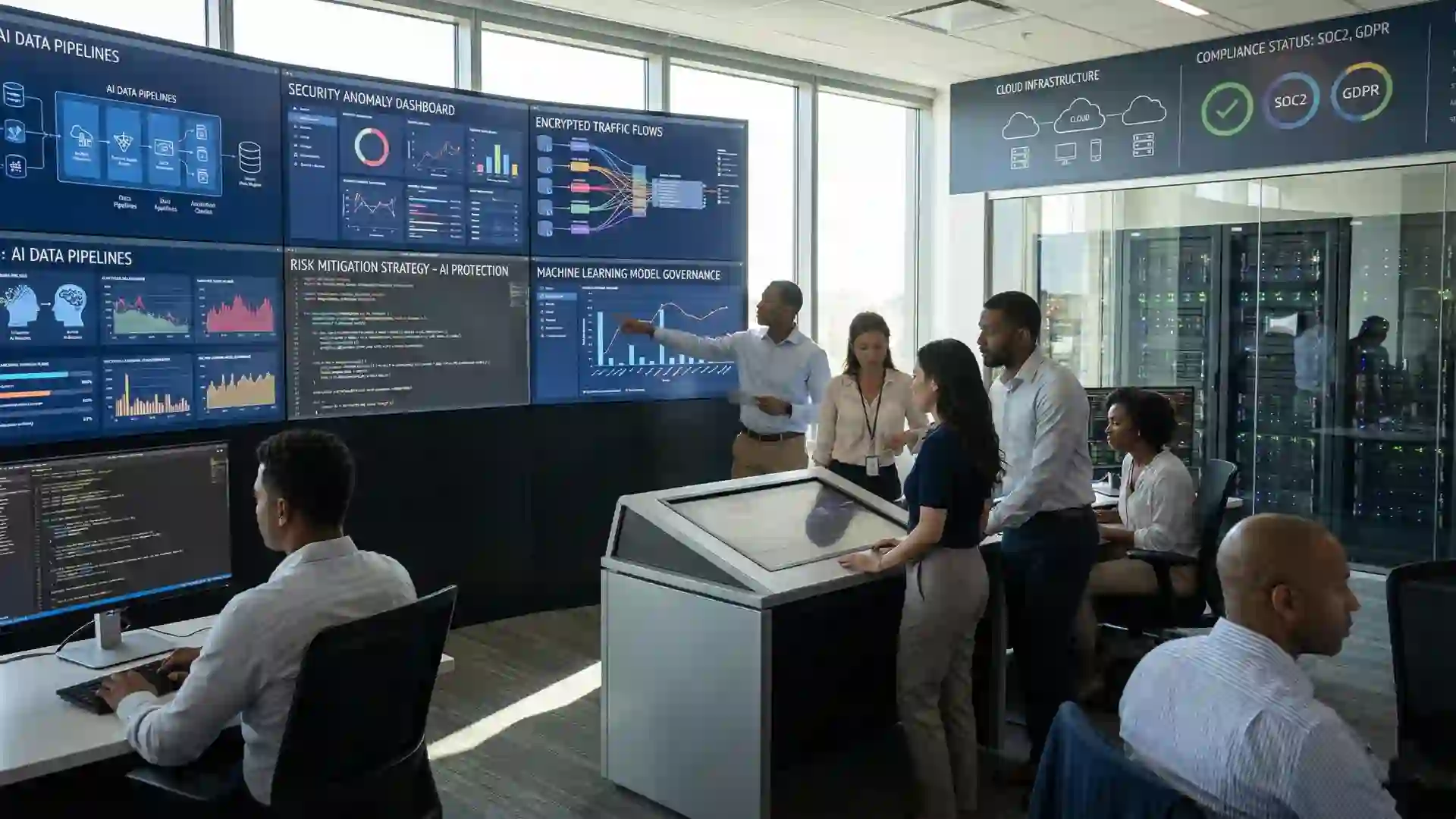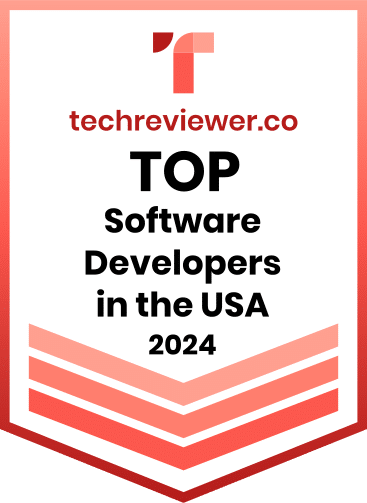Enhancing Security with Pose Estimation in Access Control Systems
Introduction to Pose Estimation
Pose estimation is a cutting-edge computer vision technique that enables systems to track and understand the position and movement of human bodies, animals, or objects. By recognizing key points in a subject’s body or face, pose estimation can map specific movements and postures in 2D or 3D space. This innovative technology has transformed industries such as healthcare, sports, and entertainment, and it is most notably used in security as pose estimation for access control.
Pose estimation uses advanced AI and deep learning algorithms to analyze video feeds or images, making it crucial for applications requiring real-time insights into human body poses and movements. Whether it’s 2D human pose estimation or the more advanced 3D pose estimation, this technology is playing a pivotal role in strengthening security measures, especially in access control systems.
How Pose Estimation Works
Pose estimation begins by detecting key points, such as joints (elbows, knees, shoulders) or facial landmarks, from an image or video input. These points are then mapped onto a body skeleton model to determine specific poses.
In human pose estimation, for instance, the system identifies various key points on a human body and determines its orientation, posture, and motion. The process is typically done using neural networks, like convolutional neural networks (CNNs), to estimate positions with great accuracy.
2D pose estimation focuses on tracking positions on a flat plane, while 3D pose estimation adds depth, allowing a more detailed and realistic understanding of body movements. AI-driven pose estimation improves accuracy by learning from large datasets, making it possible to identify complex poses in real time, even in challenging environments like dim lighting or crowded scenes.
Applications of Pose Estimation in Security
Pose estimation is revolutionizing security systems by adding an extra layer of intelligence and reliability. Its ability to analyze human body pose or even animal pose estimation can be particularly useful in various security applications. Here are some examples:
Biometric Authentication
In biometric authentication, pose estimation can enhance systems that rely on body recognition for secure access control. Rather than relying solely on facial or fingerprint recognition, pose detection can verify identity based on posture and movement patterns. For instance, if an individual’s walking pattern, hand gestures, or overall body movement fits a pre-registered profile, the system can grant or deny access. This extra step makes unauthorized access much harder to achieve, even if biometric data like fingerprints or facial scans are compromised.
Surveillance and Monitoring
Pose estimation in surveillance systems allows for more accurate monitoring of environments by identifying and tracking individuals based on their body movements. It can detect unusual behavior, such as suspicious walking patterns or restricted area intrusions, using human pose estimation and face pose estimation algorithms. For example, if someone’s posture or body movement is inconsistent with typical behavior, security alerts can be triggered to prevent potential threats.
Custom AI Software Development Solution For Enterprises
Benefits of Pose Estimation for Access Control
Incorporating pose estimation into access control systems brings several benefits:
- Improved Accuracy: Traditional systems like facial recognition can struggle with varying lighting conditions or camera angles. By adding pose estimation computer vision capabilities, systems can analyze body movements and postures, significantly increasing accuracy.
- Enhanced Security: Adding an additional layer of security with human body pose estimation reduces the chances of unauthorized entry. It’s especially beneficial in high-security areas like airports, banks, and data centers.
- Non-Intrusive Monitoring: Unlike other forms of biometric authentication, pose estimation doesn’t require physical contact or active participation, making it less invasive while still providing robust security.
- Real-Time Detection: With AI-powered systems, pose detection can happen in real-time, making it highly efficient for continuous surveillance and immediate response to potential threats.
Challenges and Limitations
While pose estimation holds immense potential, we still need to address several challenges. Such are as below:
- Accuracy in Complex Environments: Detecting 2D or 3D pose estimation in crowded or cluttered scenes can be difficult, as overlapping objects or people may confuse the system.
- Processing Power: Real-time AI pose estimation requires significant computational resources, which may limit its scalability for larger systems.
- Privacy Concerns: Constant monitoring of body movement can raise privacy concerns, particularly in public areas where individuals may not want their poses tracked without consent.
- Training Data: Pose estimation systems rely on vast amounts of data to work accurately. The absence of diverse and robust datasets could affect the performance of the system, especially in environments with varying demographics or movements.
Future Developments in Pose Estimation Technology
The future of pose estimation technology looks bright, especially as AI continues to evolve. Here are some potential advancements we may see:
- Advanced AI Models: New AI models are set to enhance the accuracy of human pose estimation and 3D pose estimation, even in complex environments such as crowded spaces or poor lighting.
- Integration with IoT Devices: As more IoT devices are deployed in smart buildings, pose detection will integrate into a security ecosystem, working seamlessly with cameras, sensors, and alarms to create highly responsive systems.
- Expanded Use Cases: Beyond security, pose estimation may find new applications in sectors like healthcare, robotics, and gaming, where analyzing human or animal pose estimation can offer valuable insights.
- Ethical and Privacy Enhancements: With growing concerns over surveillance and data privacy, future systems may include enhanced features to address ethical issues, such as anonymizing data while still detecting unusual or threatening poses.
Why Cloudester Software?
At Cloudester Software, we specialize in delivering tailored, cutting-edge AI-driven solutions for diverse industries, including security systems. Our expertise in human pose estimation and pose detection technology allows us to provide advanced, reliable, and customized software solutions for access control and surveillance systems. Here’s why choosing Cloudester makes sense:
- Tailored Solutions: We understand that every business has unique needs. Whether you require 2D pose estimation, 3D pose estimation, or specific security features, our team will develop the right solution for your business.
- Expert Team: Our highly skilled team has deep knowledge of AI pose estimation, ensuring accurate and efficient results.
- Proven Track Record: With numerous successful projects completed, Cloudester is a trusted partner in delivering high-quality, robust software solutions.
- Continuous Innovation: We stay ahead of the curve by adopting the latest technologies in pose estimation, computer vision and AI, offering clients cutting-edge solutions that grow with their needs.
By partnering with Cloudester Software, you are investing in a future-ready system that enhances your security infrastructure and empowers your business with advanced technology.
FAQs
Q1: What is pose estimation and how does it work?
Pose estimation is a computer vision technique that detects the positions and movements of key points in a human body, face, or even animals. Using AI, it creates a model (either 2D or 3D) of the subject’s pose by analyzing video or image data.
Q2: What is the difference between 2D and 3D pose estimation?
2D pose estimation tracks key points on a flat plane (height and width), while 3D pose estimation adds depth, allowing systems to understand the exact position and movement of objects in three-dimensional space.
Q3: How is pose estimation used in access control systems?
Pose estimation can enhance biometric authentication, surveillance, and monitoring systems. By analyzing human body poses and movements, it adds an additional layer of security to verify identity and detect suspicious activities.
Q4: Can pose estimation work in crowded or complex environments?
Yes, but with challenges. Although AI-driven human pose estimation systems are improving, detecting poses in crowded spaces or cluttered scenes can sometimes lead to inaccuracies. However, advances in technology are continually improving performance in these scenarios.
Q5: Why should I choose Cloudester Software for my security needs?
Cloudester Software offers customized, AI-powered solutions specifically tailored to your business’s needs. We leverage our expertise in pose detection and human pose estimation to equip your access control or security system with the latest technology, ensuring maximum security and efficiency.
Q6: What industries benefit the most from pose estimation technology?
Industries such as healthcare, retail, manufacturing, logistics, and especially security and surveillance systems, can greatly benefit from pose estimation to monitor activity, enhance access control, and prevent security breaches.
Q7: How does pose estimation ensure privacy?
While pose estimation adds an extra layer of security, privacy concerns can arise, especially in public spaces. Systems anonymize data while still detecting and analyzing poses to maintain privacy and provide security.
Q8: Is pose estimation technology scalable for large businesses?
Pose estimation scales effectively and works in large environments, including multi-location enterprises, airports, and other high-security areas. Our team at Cloudester ensures your solution is robust enough to meet the demands of your business size.
In conclusion,
Pose estimation is rapidly becoming a key player in the security industry, providing advanced methods of human body pose estimation for access control and surveillance. Ongoing advancements in AI and deep learning are making this technology even more powerful in securing both physical and digital spaces.
By combining the best of AI and pose estimation, Cloudester Software is here to empower your business with intelligent security solutions that are both innovative and secure. Contact us to learn more!










